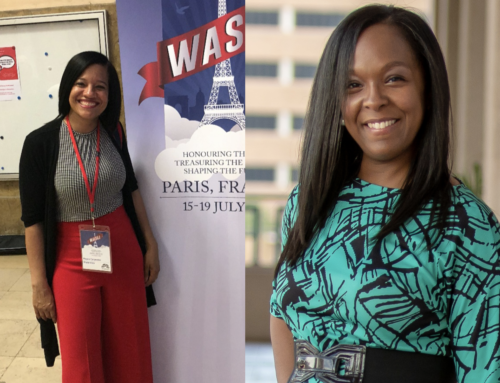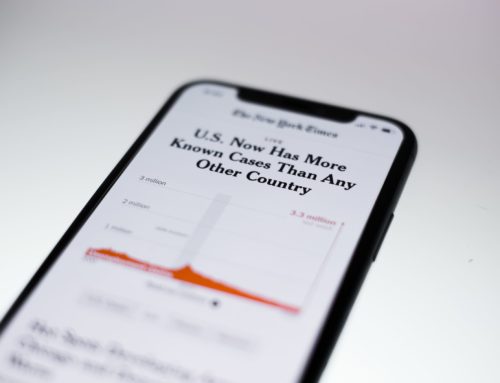Interpreting the Very Very Obvious
Dale Boam, CI, Attorney at Law
Translation and Review.
These are heavy topics.
Think of the most complex and context-specific text you have ever been asked to interpret. Before you can produce an interpretation you must first deal with the thorny issue of translating the meaning for yourself into a format you can understand. Then you need to interpret that translated meaning into a format that is comprehensible to the Clients. At each step in this process you must review your understanding of the text and the validity of the interpretation…
Whew!
Have you ever thought about how much work we put into translating the person and not just the text?
Let me explain by way of example. There are always at least two “yous” that exist side by side. There is “you” that looks out from behind your eyes and this “you” knows your history and motivations and thus understands the reasons you do what you do. This “you” knows your fears and hopes and intentions, so it assumes the reasons for your choices, words, and actions are very very obvious to everyone.
Then there is “you, interpreted.” This is the “you” that most people know. It is the “you” that other people interpret based solely on your actions. This is the “you” that people with no access to your inner motivations understand you to be. This “you” is constructed by translating what you do or say.
So, which is the real you, the valid you?
The answer is they both are. “You” and “you, interpreted,” are both legitimately “you,” but people’s reactions to each may seem miles apart from what you expect. When you say or do something expecting one reaction and get totally the opposite – that is a translation problem. You understand why you did it or said it, to you it is very very obvious. However, others only have your actions as a basis from which to interpret the same event.
If there is one place we as interpreters fall short it is that we forget to interpret what appears to us to be very very obvious.
In a practical sense, very few people know “you” well enough to like or dislike “you” – they simply like or dislike something you’ve done or said. They have translated what they saw or heard into an interpretation of “you.”
You are always being interpreted. There is nothing you can do to prevent it. You can manipulate it (not like a Bond villain) – you already do, unconsciously. Think about “you” at work, “you” at home, “you” at church. If we asked people from these different environments to describe “you,” each “you” would be a little bit different. Not because you are being fake or putting on an act, but because the demands of each situation are a little bit different. Each demands a slightly different “you,” or at least a slightly different interpretation of “you.”
As interpreters we use this dichotomy all the time, but we rarely think about it. We change our affect to match the Clients’. We interpret not only the signs or spoken words but also the attitudes, emotions, desires, moods, and intents of the hearing client to the Deaf client and the Deaf client to the hearing client. We, in essence, interpret the Clients’ “yous” for each other.
We must do this, because the Clients’ cultures are divergent and they cannot accurately interpret each other through mere observation. That which is very obvious to interpreters – the meaning behind a facial expression or nose wrinkle or head tilt or sigh or tone of voice or pitch or… We translate the meaning behind those prosody markers for ourselves intuitively. But our clients do not.
Our clients can only translate what they see filtered through their own cultural biases, without a basis to interpret meaning outside these biases. We have to do that for them. We have to translate not just the signs or spoken words but the actual intent in order to interpret meaning. We have to translate each client based on how their meaning is impacted by our understanding of their cultural norms and history. In essence, we must translate what each client wants and then interpret that desire for the other, and vice-versa, or the clients will never understand the other’s intent in communicating in the first place.
If there is one place we as interpreters fall short it is that we forget to interpret what appears to us to be very very obvious.
We know what that nose wrinkle means, and for some reason assume the hearing client saw it and actually understood it so we never think to account for it in our interpretation. We don’t account for it because it is “obvious,” but communication breaks down most often over missing the very very obvious.
Think about this the next time you are interpreting and can’t figure out how your clients keep missing the point with each other. Take a step back and walk through your translation of each clients’ actions and ask yourself if you’ve missed anything while processing your translations of what you’ve seen and heard, based on your understanding of both the Deaf and hearing cultures, into an interpretation of this client for that one and vice-versa. Chances are you may have missed something vital, and you missed it because to you it was very very obvious.
Dale Boam, CI, Attorney at Law, is an Associate Professor of Deaf Studies at Utah Valley University, an attorney advocating for the rights of persons who are Deaf, an interpreter, and a blogger at “Uncle Dale’s Rules for Interpreters.” He consults and presents nationally on both interpreting and legal topics. Dale recently received a favorable decision from the Ninth Circuit Court that makes Section 504 more accessible to persons who are Deaf (See Ervine v. Desert View Regional Medical Center). Dale has served in advisory committees for the NAD, the organizing board for Deaf Studies, Today!, and the 2007 Deaflympic Games.








Leave A Comment
You must be logged in to post a comment.